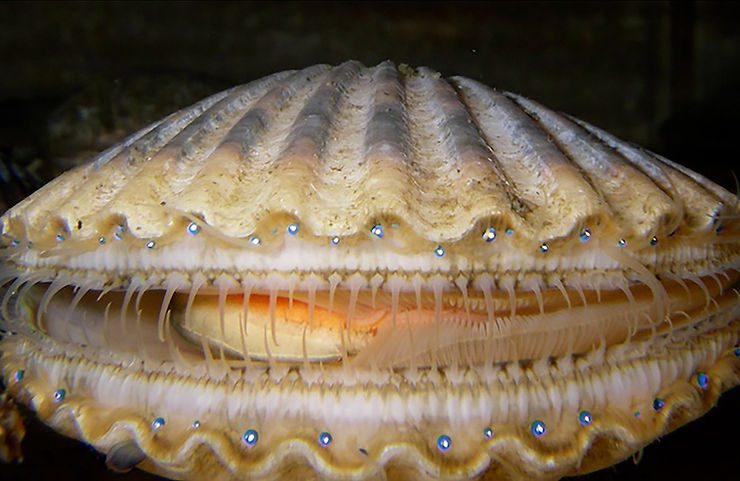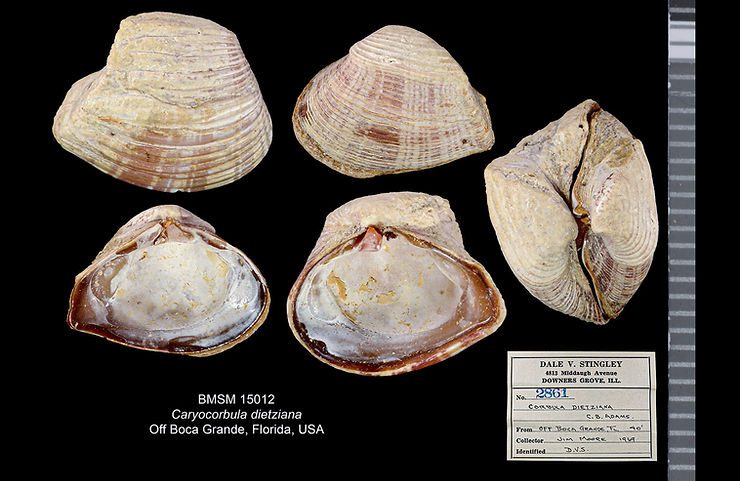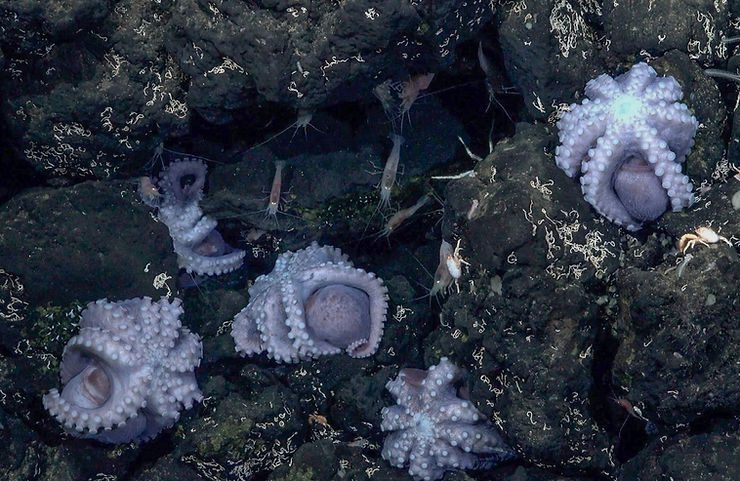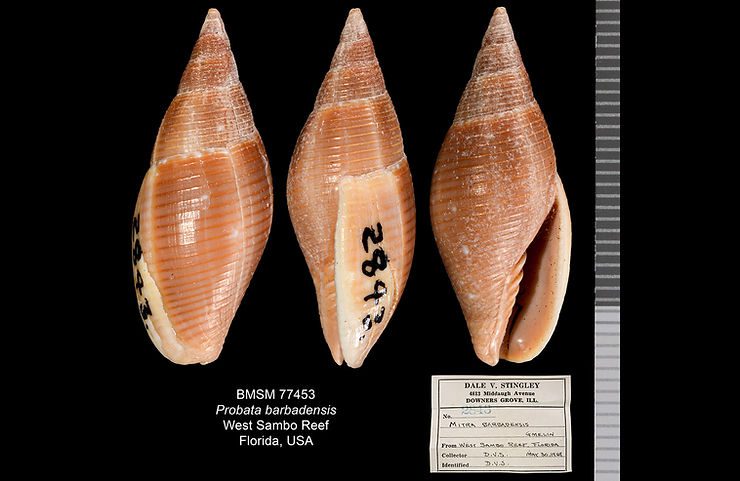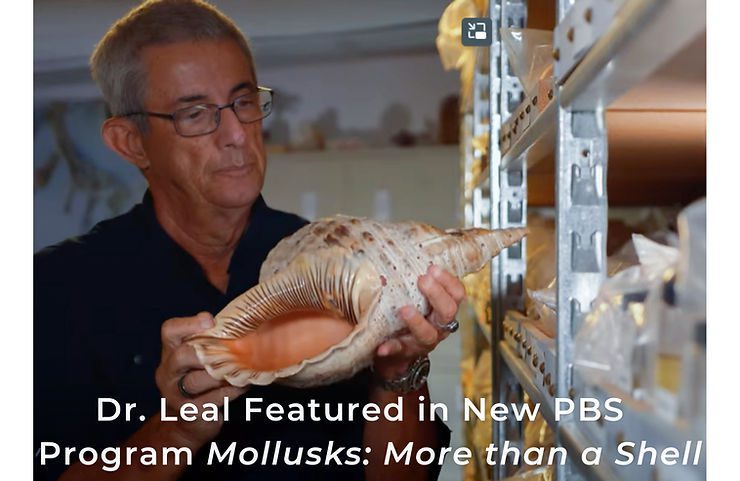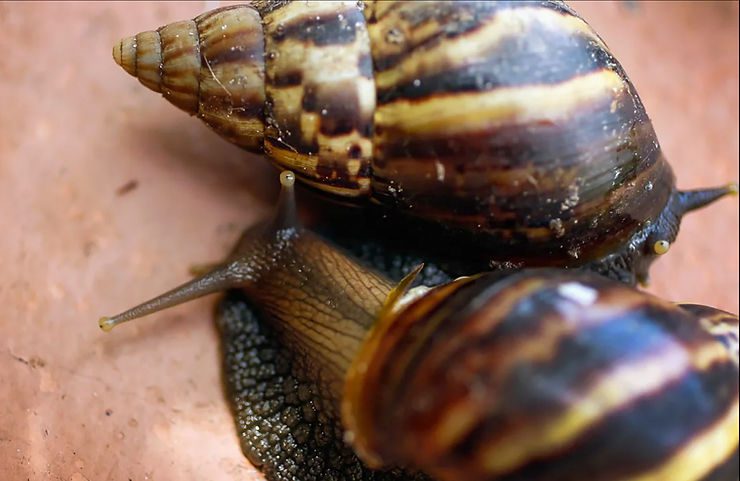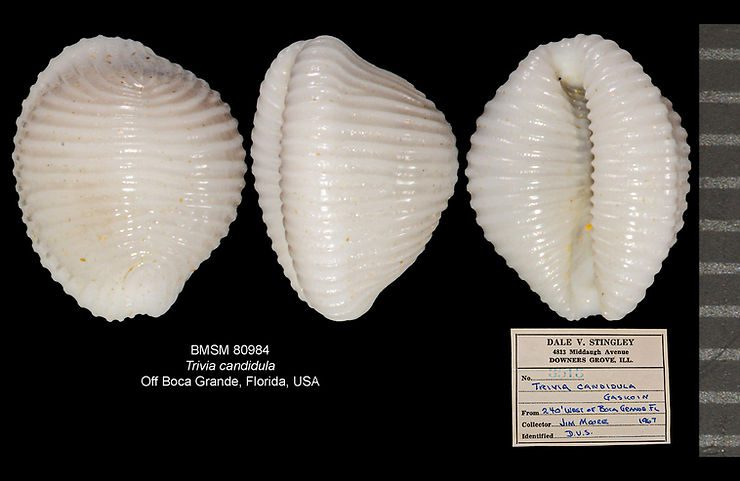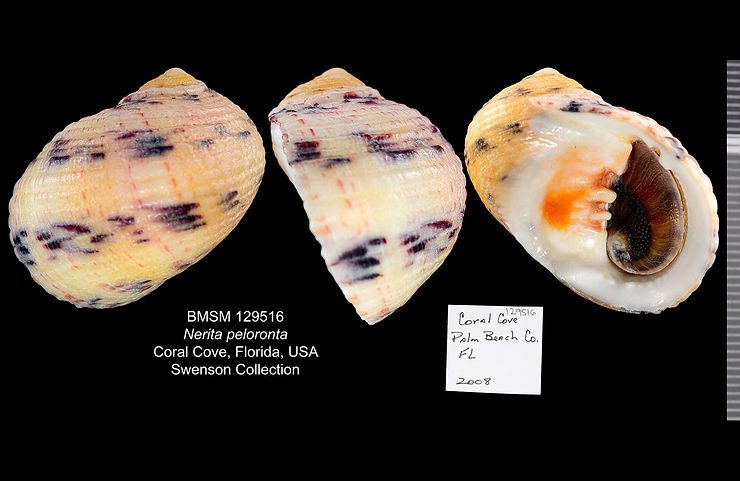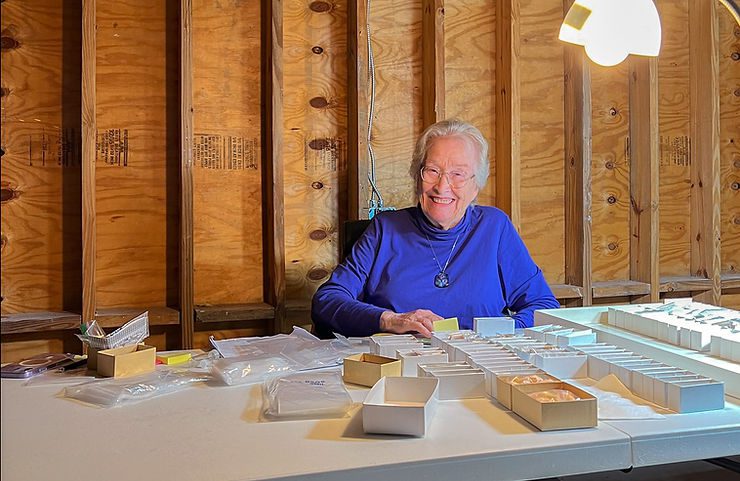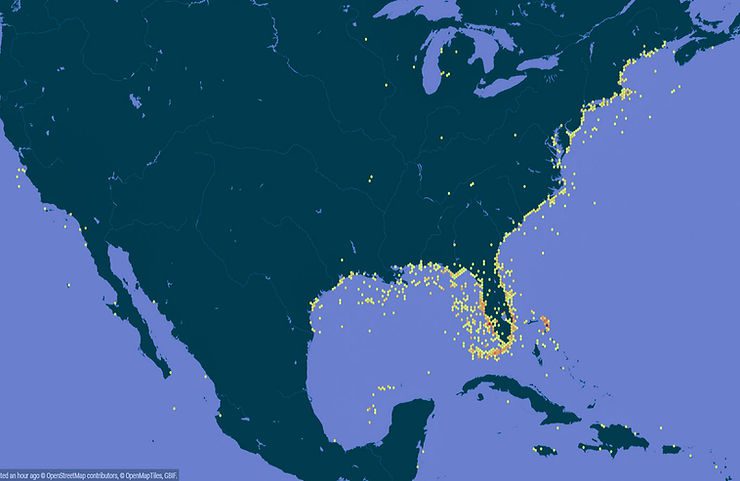
The Eastern Seaboard Project – Geolocation in Progress
Geolocation is the process and technique of pinpointing the geographical location of something using digital information. Most of the National Shell Museum collection lots* have good geographical location (we know where they came from), but translating all that information into digital references is a laborious and time-consuming activity. Thanks to the Thematic Collections Network project “Mobilizing Millions of Mollusks of the Eastern Seaboard” funded by the National Science Foundation, and th
